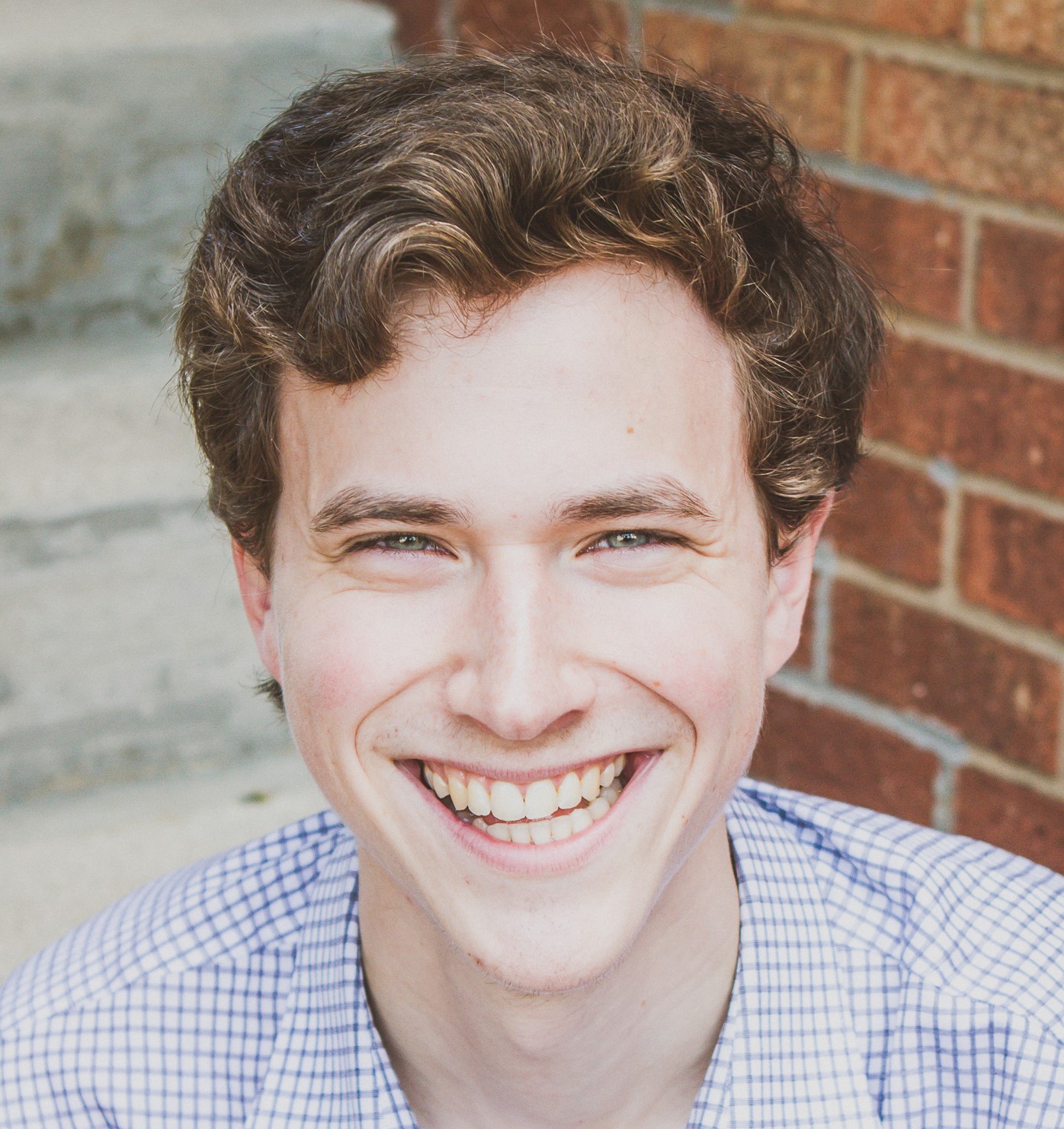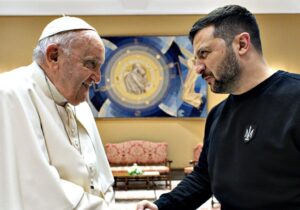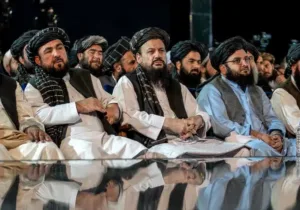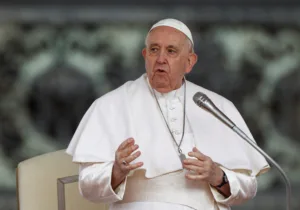Peace Building in Northern Ireland Could be a Lesson for Our Future
Over the past fifty years in the United States, largely reconcilable political differences between the Left and Right have evolved into seemingly insurmountable chasms. Red and blue state identities are solidifying as people “vote with their feet,” and move to states that better reflect their values in economic policy, education systems, policing, abortion laws, and more. Compromise across those divides appear impossible because they would challenge core elements of identity for both sides. Yet without resolution, the future of the American experiment is more dysfunction and conflict.
I traveled to Northern Ireland to better understand how identity groups in conflict, that live in close proximity, can move toward peace. While there, I visited a Christian center that became a model for peace building during the darkest years of the Troubles. This little community of believers is still active, and wrestles to model how people across the fault lines of an identity driven conflict find hope in the reality of living well together in peace–a goal that seems increasingly aspirational even in Northern Ireland.
Corrymeela is a small collection of white buildings perched on the bluffs overlooking the Atlantic on the Northern Coast of Ireland. Corrymeela is a Christian community that was founded in 1965 on the eve of the Troubles by a Presbyterian minister named Ray Davey. Davey had been a POW in Germany during the Second World War where he witnessed the destruction of Dresden. That experience never left him. He envisioned the Corrymeela community as a place of reconciliation between Roman Catholics and Protestants. In Irish Gaelic, Corrymeela means “Hill of Harmony” or “Hill of Sweetness.”
Though the original founders in the 1960s were Protestant, they quickly realized the need to bring Roman Catholic members officially into their community if they were going to successfully bridge the sectarian divide. For the next 30 years until the Good Friday Agreement, Corrymeela became an epicenter for people working towards a peaceful settlement to the conflict. The members included individuals who would negotiate major policing reforms in Northern Ireland as well as mediators who oversaw the Irish Republican Army (IRA) relinquishing their weapons. It became the site of secret meetings between Roman Catholic and Protestant politicians and provided short term refuge to individuals from both sides that found themselves on the run for their life from paramilitary assassins.
The Good Friday Agreement ended the Troubles 24 years ago, yet the center is still actively addressing the challenges facing their community. While there is not open conflict, the deep sectarian divisions between Protestants and Roman Catholics remain. 87% of Roman Catholic student still attend Roman Catholic schools, while 79% of Protestant students attend Protestant schools. Out of 1,044 schools in Northern Ireland, only 62 have been integrated. Neighborhoods in Belfast are still divided by seventy-foot-tall separation walls, (ironically titled “peace walls”) with gates that still close every night at 9:00 PM. The mysterious death of Noah Donohoe, a 14-year-old boy found dead in a Belfast storm drain, has sparked new concern about police injustice as a serious investigation was never completed. You can tell when you are in a Protestant neighborhood or town in Northern Ireland because the Union Jack abounds as well as orange flags. Roman Catholic areas have painted the faces of those killed in the conflict on walls and built gardens to commemorate IRA “volunteers” who were killed in the fighting. One Protestant memorial to victims of IRA terrorism had images of the ISIS suicide bombings in London in 2015 next to the IRA bombing of London in 1973. Under the images is written, “ISIS & Sinn Fein IRA NO DIFFERENCE!” The members of Corrymeela fear history may be prologue.
The Status of Northern Ireland in Question
Questions surrounding the status of Northern Ireland have been brought back to the center stage by the Brexit negotiation. The Northern Ireland Protocol, which allows the region to remain part of the European open market, was part of the Brexit agreement the UK made with the EU to preserve the open border between the Republic of Ireland and Northern Ireland, which was a key element of the Good Friday Agreement. This unique situation has provided the interesting economic advantage to Northern Ireland of being the only place in the UK that has retained its status in the EU market. This is generally seen as taking advantage of the system by the rest of the UK. Former Prime Minister Boris Johnson criticized the agreement for failing to gain the support of both Nationalist and Unionist parties in Northern Ireland, threatening to unilaterally alter the deal. Many in Northern Ireland wish to keep its status in the EU. Polling has shown 55% of people think the Protocol is positive, with 38% viewing it negatively. Results from the parliamentary election held May 5th hinted at this shift in public sentiment with the historic victory of Sinn Fein, the nationalist party that is predominantly Roman Catholic and was once seen as an extension of the IRA. This gives Sinn Fein its first majority ever. This is especially surprising as Roman Catholics only make up about 45% of the electorate, while Protestants make up close to 48%.
These political questions have reignited the historic fire smoldering just beneath the surface over whether Northern Ireland is British or Irish. The Nationalists see the electoral victory and Brexit complications as an opportunity to finally reunite the island under the Republic of Ireland. Polling in the Republic suggests there is at least interest in reunification with two thirds of respondents supportive (so long as there are no new taxes). In response, the Unionist parties have refused to join a Sinn Fein led Parliament until the status questions associated with Brexit are resolved.
The depth of the Protestant-Roman Catholic identity conflict driving the Unionist Nationalist tension is rooted in history and people in Northern Ireland have long memories. Ulster, or what we know as Northern Ireland, was one of four provinces in Ireland and was considered the most Gaelic because of its rural agricultural population. Much of Ireland was initially brought under English rule by Henry II, but it wasn’t until the 1500’s that Henry the VIII exerted English control over all of the island. Troublesome Ulster refused to be tamed, and nine years of bloody revolts followed. King James decided to address the rebellious Ulsters once and for all. By 1607 the first three hundred Scottish Presbyterians were settled on confiscated Roman Catholic land and the Plantation of Ulster had begun. These poor English and Scottish Protestant farmers had little choice in the matter, and what welcomed them in Northern Ireland was violent hostility from the displaced Roman Catholic Irish. In 1641 one specifically vicious round of conflict started with Ulster Roman Catholics massacring 4000 British settlers and expelling 8000 more. The next year the Scottish Parliament sent a 10,000-man army to Ulster to avenge this massacre. They waged an eight-year war against the rebels’ committing atrocities against the Roman Catholic population in the process.
With English efficiency, the local population was subdued and replaced by people who saw their identity and safety as tied to the Island of Britain. Two hundred fifty years later, when the rest of Ireland won the struggle for their independence from the English following the Easter Rising, Northern Ireland remained part of the UK because of its large Protestant population. Thus, the famously rebellious Irish Roman Catholics of Ulster were left out of the dream of independence.
In the decades that followed, the 65% of the population that was Protestant controlled the government and made life for the 35% Roman Catholics population in Northern Ireland increasingly difficult, hoping to encourage them to move to the Republic. By 1968 tensions were at fever pitch when Roman Catholic Nationalist protesters marching in Derry were met with a beating by the batons of the Royal Ulster Constabulary. This clash triggered a series of escalating events. What followed is what is commonly known as The Troubles; 30 years of sectarian violence across Northern Ireland between Roman Catholic Paramilitaries and Protestant militias and eventually the British Army. Whole Roman Catholic neighborhoods in Belfast would be burned to the ground and massive “peace walls” would be constructed to keep communities separated. In the end, 3,600 people had died and more than 30,000 were injured in terrorist bombings and drive-by shootings.
Corrymeela was born out of this violence.
(Part 2 can be found here).







 Sponsor a student for Christianity & National Security 2024
Sponsor a student for Christianity & National Security 2024